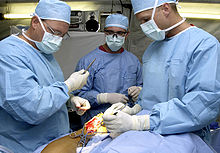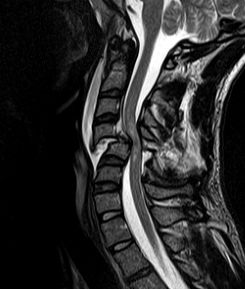Failure to Diagnose Alcohol Withdrawal Symptoms
 Failure to diagnose alcohol withdrawal symptom (AWS) can be medical malpractice that may cause severe injury or even death in some cases. The ECRI Institute is looking at options to better “Identify Alcohol Withdrawal Symptoms Early and Ease Patients’ Care”.
Failure to diagnose alcohol withdrawal symptom (AWS) can be medical malpractice that may cause severe injury or even death in some cases. The ECRI Institute is looking at options to better “Identify Alcohol Withdrawal Symptoms Early and Ease Patients’ Care”.
An estimated 20 % of the patients that are admitted in US hospitals show symptoms of alcohol abuse or dependence. Those that are admitted for alcohol poisoning and detoxification may be difficult to treat but their alcohol withdrawal symptoms will usually be properly diagnosed and addressed.
Patients at a higher higher risk to be misdiagnosed for alcohol withdrawal symptoms are those who are admitted for a different medical condition than alcohol intoxication or dependence.
 New York Personal Injury Attorneys Blog
New York Personal Injury Attorneys Blog












